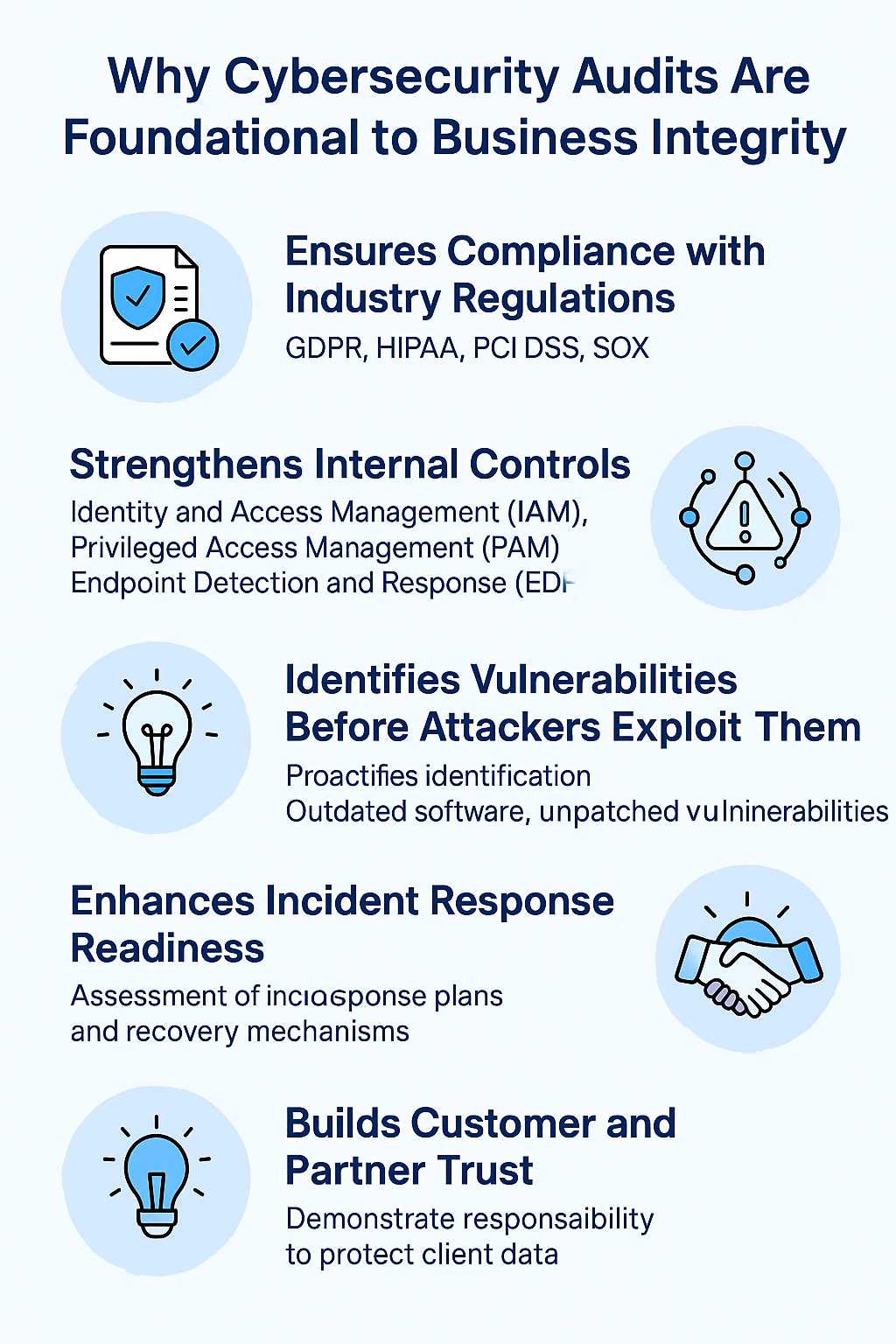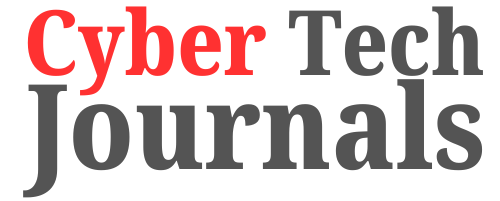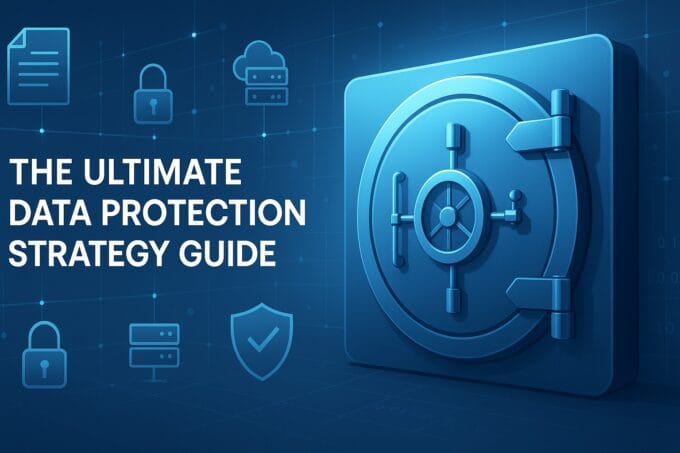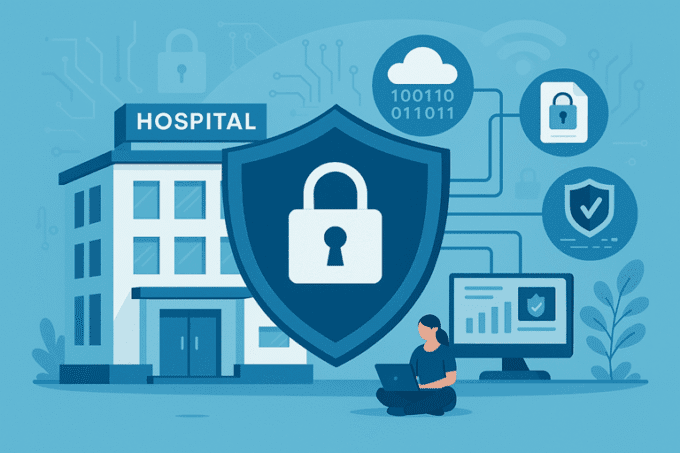In today’s digital-first world, where businesses heavily rely on interconnected networks and cloud environments, cybersecurity is no longer a luxury — it’s a necessity. However, simply deploying firewalls and antivirus solutions isn’t enough. Organizations must systematically validate their security posture to ensure it meets evolving threats, compliance standards, and customer expectations.
This is where cybersecurity audits play a critical role.
A cybersecurity audit helps organizations identify vulnerabilities, enforce security policies, and most importantly, uphold their business integrity — a core foundation for trust, operational continuity, and brand reputation.
In this article, we’ll dive into what cybersecurity audits are, why they matter, how to conduct them, and the future trends shaping their evolution.
What is a Cybersecurity Audit?
A cybersecurity audit is a structured evaluation of an organization’s information systems, security measures, and policies to verify whether they align with regulatory requirements, industry standards, and internal objectives.
Unlike regular vulnerability scans or simple IT checkups, a cybersecurity audit is systematic and comprehensive. It covers not just technical controls (like firewalls or encryption) but also administrative policies, user access levels, risk management strategies, and even employee behavior.
A typical cybersecurity audit examines:
- Network security protocols
- Data encryption mechanisms
- Incident response plans
- Access management policies
- Software patch management
- Cloud infrastructure configurations
It provides a detailed report outlining current security posture, identified weaknesses, and actionable recommendations.
Types of Cybersecurity Audits
| Audit Type | Purpose |
|---|---|
| Internal Audit | Conducted by in-house security teams to maintain continuous security hygiene and prepare for external scrutiny. |
| External Audit | Performed by third-party firms to validate compliance (e.g., for certifications like ISO 27001, SOC 2, PCI DSS). |
| Regulatory Audit | Mandated by government agencies or regulatory bodies for industries like finance, healthcare, and defense. |
Key Takeaway: Internal audits ensure ongoing preparedness, while external audits validate your credibility to partners, clients, and regulators.
Why Cybersecurity Audits Are Vital for Business Integrity
Business integrity refers to a company’s commitment to honesty, transparency, and ethical behavior.
Cybersecurity audits contribute directly to this by safeguarding sensitive data, ensuring regulatory compliance, and maintaining customer trust.

Let’s explore the core reasons why:
1. Ensures Compliance with Industry Regulations
In a digitally governed world, regulatory compliance is not optional—it’s a legal mandate and a competitive necessity. Cybersecurity audits are the primary means by which organizations verify that they meet the stringent requirements of global and regional data protection laws:
- GDPR (General Data Protection Regulation) – Requires data privacy and security for EU citizens, regardless of where the organization is based.
- HIPAA (Health Insurance Portability and Accountability Act) – Governs data security in the U.S. healthcare sector, focusing on the confidentiality of patient data.
- PCI DSS (Payment Card Industry Data Security Standard) – Applies to any business handling card payments, requiring robust data handling and transmission protocols.
- SOX (Sarbanes-Oxley Act) – Imposes IT control and audit trail requirements for U.S. public companies.
Failing to comply with these regulations can result in:
- Hefty financial penalties (e.g., GDPR fines can reach up to €20 million or 4% of annual global turnover).
- Suspension or revocation of licenses and certifications.
- Erosion of stakeholder trust and long-term reputational harm.
➡️ Related Resource: ISO 27001 Compliance Guide – ISO.org
2. Strengthens Internal Controls
Robust internal controls are essential to protect sensitive assets from insider threats, misconfigurations, and unauthorized access. A cybersecurity audit rigorously tests the effectiveness of technical and administrative controls such as:
- Identity and Access Management (IAM) – Ensures that users have only the access required for their roles.
- Privileged Access Management (PAM) – Restricts high-level access to critical infrastructure to a select few.
- Endpoint Detection and Response (EDR) – Monitors and responds to suspicious behavior across devices and networks.
Auditors examine:
- Whether privilege escalation is tightly controlled.
- If inactive or orphaned accounts are routinely deactivated.
- Whether software and devices meet security baseline requirements.
By improving these controls, audits directly reduce the attack surface and internal exposure.
➡️ Related Resource: NIST Cybersecurity Framework – NIST.gov
3. Identifies Vulnerabilities Before Attackers Exploit Them
The cyber threat landscape evolves rapidly, and what is secure today may be vulnerable tomorrow. Cybersecurity audits allow businesses to take a proactive stance by identifying and remediating weaknesses before they’re exploited.
Key findings often include:
- Outdated or unsupported software with known vulnerabilities.
- Improper cloud configurations, especially in multi-tenant or hybrid environments.
- Insecure password policies or credential reuse.
- Missing patches for operating systems, applications, and network appliances.
Regular auditing helps maintain a state of continuous improvement and keeps the organization one step ahead of attackers.
➡️ Related Resource: OWASP Top 10 Security Risks – OWASP.org
4. Enhances Incident Response Readiness
Even the most advanced security controls can’t guarantee 100% protection. That’s why incident response (IR) is a core focus of modern audits. An effective IR capability minimizes damage, controls escalation, and maintains business continuity.
Audits evaluate:
- The existence and testing of a formal incident response plan.
- Employee awareness and training in breach reporting and phishing identification.
- The integrity and reliability of data recovery systems (e.g., air-gapped backups, immutable storage).
Auditors may simulate breaches to test organizational resilience, giving you valuable feedback before a real crisis unfolds.ncial, legal, and reputational damage after a breach.
5. Builds Customer and Partner Trust
In the age of zero-trust networks and rising third-party risk, trust is currency. Businesses that prioritize cybersecurity audits demonstrate operational maturity and accountability to stakeholders.
Benefits include:
- Strengthened client confidence, especially in B2B or regulated sectors.
- Increased investor assurance regarding risk governance.
- Enhanced partnership eligibility, as many enterprises now require vendors to present audit results or security certifications (e.g., SOC 2).
Cybersecurity audits are increasingly viewed as strategic assets, not just operational necessities. Highlighting them in marketing, sales, or compliance conversations can be a distinct market advantage.udits can become a market advantage.
How to Conduct an Effective Cybersecurity Audit
Following a methodical approach is essential for a successful audit:
Step 1: Define Audit Scope
Establishing a clear and well-bounded audit scope is the cornerstone of an effective cybersecurity audit. It prevents scope creep, ensures proper resource allocation, and aligns expectations across all stakeholders.
Key Decisions Include:
- Compliance vs. Policy Adherence: Is the audit intended to assess compliance with external regulatory frameworks (e.g., GDPR, HIPAA, ISO 27001, NIST CSF) or internal security policies and procedures?
- Internal Systems vs. Third-Party Risk: Will you include third-party SaaS providers or vendors in the audit scope, or is it strictly limited to internal infrastructure?
- Focus Areas:
- Network architecture and segmentation
- Application security (e.g., web, mobile, internal tools)
- Incident response and business continuity planning
- Endpoint security and BYOD implementation
- Geographical Considerations: If your business operates globally, tailor the scope to account for regional regulations like CCPA (California) or PIPEDA (Canada).
Outcome: A documented audit plan specifying assets, systems, departments, and regulatory benchmarks under review.
Step 2: Review Security Policies and Frameworks
EvaThis phase involves validating whether organizational security policies are defined, up-to-date, and effectively implemented.
Areas of Evaluation:
- Authentication & Password Management: Are multi-factor authentication (MFA), password length, and rotation policies enforced?
- Data Retention & Destruction: Are storage durations defined for sensitive data? Is data securely wiped post-retention?
- Cloud Security Governance: Are you applying least privilege access, encryption, and audit logging to cloud environments (AWS, Azure, GCP)?
- Mobile Device & BYOD Policies: Are unmanaged devices allowed access? Is remote wipe configured?
Frameworks like ISO 27001, CIS Controls, and the NIST Cybersecurity Framework (CSF) serve as best-practice benchmarks to measure policy maturity.
Outcome: A checklist scorecard of policy completeness, alignment with frameworks, and areas requiring updates or enforcement.
Step 3: Risk Assessment and Threat Modeling
This stage is about understanding which assets are most valuable and how they might be compromised — a risk-centric approach rather than just a control checklist.
Key Activities:
- Asset Identification: Categorize critical business assets (e.g., customer databases, payment systems, intellectual property).
- Threat Enumeration: Assess internal and external risks such as:
- Malware infections
- Insider threats
- Misconfigured servers
- Spear-phishing attacks
- Impact-Likelihood Matrix: Evaluate potential outcomes using models like DREAD, STRIDE, or Risk Heat Maps.
- Threat Modeling Tools: Leverage software like Microsoft Threat Modeling Tool or OWASP Threat Dragon to visualize attack surfaces.
Outcome: A prioritized list of vulnerabilities mapped against asset criticality and likelihood of exploitation.
Step 4: Perform Security Testing
Here you transition from theory to practice by validating assumptions and identifying real-world vulnerabilities.
Techniques Used:
- Penetration Testing: Ethical hackers simulate real-world cyberattacks to identify exploitable entry points in apps, networks, and APIs.
- Vulnerability Scanning:
- Tools: Nessus, Qualys, Rapid7 InsightVM
- Scan endpoints, servers, and networks for misconfigurations, unpatched software, and CVEs.
- Configuration Reviews:
- Review firewall rules (e.g., overly permissive traffic policies)
- Analyze IAM policies (e.g., orphaned accounts, privilege escalations)
- Check for encryption protocols (TLS 1.2+, AES-256)
Outcome: A comprehensive security testing report with actionable findings categorized by severity (critical, high, medium, low).
Step 5: Documentation and Reporting
All audit activities and findings should be consolidated into a clear, actionable, and stakeholder-appropriate report.
Components of a Strong Audit Report:
- Executive Summary: High-level overview for leadership (non-technical)
- Scope Recap: What was tested and why
- Findings List: Including severity, affected assets, risk implications
- Compliance Mapping: Findings aligned with regulatory controls (e.g., which NIST CSF functions were assessed and how)
- Remediation Plan: Action steps for resolving each finding
Also include timestamps, responsible owners, and due dates for remediation tasks.
Outcome: A document suitable for both boardroom review and tactical remediation planning.
Step 6: Implement Corrective Actions
An audit is only successful if its insights lead to meaningful improvements. This stage involves closing the loop with remediation.
Actions Taken May Include:
- Technical Fixes:
- Patch vulnerable systems
- Disable unused services
- Reconfigure overly permissive IAM roles
- Policy Updates:
- Update your data classification or BYOD policies
- Enforce mandatory security awareness training
- Security Culture Initiatives:
- Run phishing simulation campaigns
- Conduct tabletop exercises for incident response teams
- Post-Remediation Validation:
- Re-scan for vulnerabilities to confirm they’re resolved
- Schedule a mini re-audit or verification step
Outcome: A measurable improvement in security posture, documented proof of compliance, and updated risk profile for future audits.
Benefits of Regular Cybersecurity Audits
| Benefit | Impact |
|---|---|
| Regulatory Preparedness | Simplify compliance reporting and audits. |
| Risk Mitigation | Address security vulnerabilities before exploitation. |
| Business Continuity | Reduce downtime and operational disruptions. |
| Brand Protection | Build long-term trust with customers and partners. |
| Operational Efficiency | Identify redundant tools and optimize security spending. |
Emerging Trends in Cybersecurity Auditing
1. Continuous Auditing
Instead of annual snapshots, real-time auditing using SIEMs (Security Information and Event Management tools) and SOARs (Security Orchestration Automation and Response platforms) is becoming the norm.
2. AI and Automation
Machine Learning helps identify patterns and predict risks faster than traditional manual analysis.
3. Cloud Security Audits
With cloud adoption soaring, audits now assess configurations of AWS, Azure, Google Cloud, and SaaS platforms.
➡️ Related Resource: Cloud Security Alliance – CloudSecurityAlliance.org
4. Third-Party Risk Management
Audits increasingly include external vendors and service providers, since supply chain attacks are on the rise.
Audit-Driven Security Assurance
In a hyper-connected business environment, cybersecurity audits are not optional—they are critical guardians of trust and integrity. Regular audits help businesses stay ahead of cyber threats, maintain regulatory compliance, and protect their reputation from devastating breaches. Investing in cybersecurity audits today ensures your business stands resilient tomorrow.
Frequently Asked Queations (FAQs)
❓ How often should a cybersecurity audit be conducted?
Ideally, at least once a year. Highly regulated industries or high-risk sectors may require quarterly or even continuous audits.
❓ What are common challenges in cybersecurity audits?
1. Incomplete asset inventory
2. Poor documentation
3. Resistance from departments
4. Lack of executive buy-in
❓ Do startups and SMBs need cybersecurity audits?
Absolutely. Cybercriminals often target smaller firms assuming they have weaker defenses. Regular audits ensure SMBs can stay resilient and competitive.

















Leave a comment